In the world of respiratory health, simple techniques often yield significant benefits. Pursed-lip breathing (PLB) is one such technique that’s gaining attention not just among patients with chronic respiratory issues like COPD, but also among health experts eager to find accessible solutions for managing breathlessness. A study by John D. Nguyen and Hieu Duong published in the National Institutes of Health (NIH) sheds light on why this breathing technique is more than just a temporary fix — it’s a critical tool for enhancing daily respiratory function.
Understanding Pursed-Lip Breathing
Pursed-lip breathing is a method where you breathe in through your nose and exhale slowly through lips that are puckered, almost as if you’re blowing out candles on a cake, but much slower. This technique is not just about changing how you breathe; it’s about enhancing the mechanics of your breathing to improve your respiratory health.
The slow exhalation increases airway pressure, which keeps the air passages open longer and helps in better exchange of oxygen and carbon dioxide. This simple action can significantly ease the feeling of shortness of breath and improve the overall oxygenation in your body.
Why It Matters
For individuals suffering from conditions like COPD, where airways can narrow and cause breathlessness, pursed-lip breathing acts as a natural aide to keep these airways open. By creating what’s known as positive end-expiratory pressure (PEEP), this technique helps prevent the airway collapse that often exacerbates breathing difficulties in COPD patients. Essentially, PLB can be seen as a non-invasive ventilator that you control completely, using just your breath.
The Science Behind It
Nguyen and Duong’s study dives deep into how PLB influences respiratory health. The major drive for our respiration comes from chemoreceptors in our brain and arteries that monitor blood levels of oxygen and carbon dioxide. Normally, these receptors prompt us to breathe based on the carbon dioxide levels; however, in people with respiratory problems, the system isn’t as efficient.
PLB helps recalibrate this system, making breathing less labor-intensive and more efficient. It turns out, this technique doesn’t just help retain normal pH levels in blood by managing carbon dioxide but also reduces the effort required to breathe, which can be a major relief for someone struggling with respiratory distress.
Clinical Significance and Education
The beauty of pursed-lip breathing lies in its simplicity and the control it offers to individuals over their own breathing. It is especially beneficial in clinical settings as a non-pharmacological intervention. Health professionals can teach it relatively easily, and patients can quickly adopt it. However, the technique’s effectiveness hinges on performing it correctly, underlining the importance of proper training and practice.
Implementation in Healthcare
The role of nurses and allied health professionals is crucial in teaching and monitoring the use of pursed-lip breathing. For patients at risk of or experiencing respiratory distress, early instruction in PLB can be a game changer, potentially reducing the need for more invasive treatments like mechanical ventilation.
In summary, Nguyen and Duong’s research confirms that pursed-lip breathing is a powerful, accessible tool for managing respiratory health, particularly for those with chronic conditions. Its ability to improve lung function, ease breathing, and enhance quality of life underscores its importance as a staple in respiratory care, providing a simple yet effective way for patients to regain comfort and control over their breathing.



